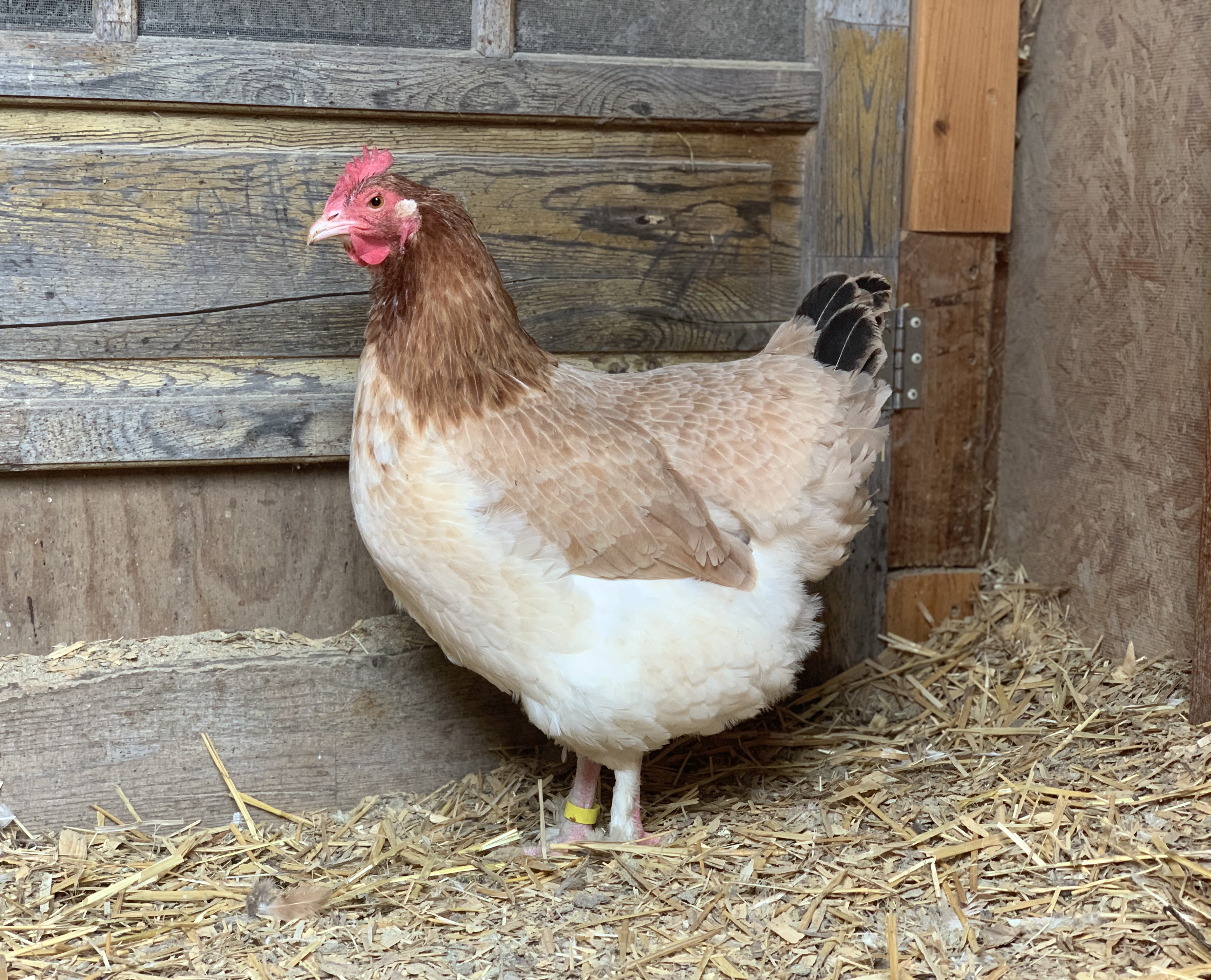Paul Kroll has shared an article regarding the basics of judging exhibition poultry, with some special focus on junior member opportunities.
Type
It is difficult to define this term. Suffice it to say that it can be best described as a silhouette. Every breed has a specific silhouette or overall shape that is looked for during judging.
Condition
This term describes not only the way the bird looks in appearance with concentration on cleanliness and whether it has all its feathers, etc. It also means the condition of the bird’s health and vigor. A bird that is not up to weight and overall vigor will not be considered for a prize during judging.
Weight
Each breed has a weight stipulated in its STANDARD description. The birds weight has to be within 10% up or down from what is listed. The time of year is, of course, taken into consideration. For example, a hen that is in full production may have some imperfect qualities such as a lopped comb or a “baggy” appearance due to the breeding season and laying.
Color
Every variety has color requirements, even a pure white bird. White must be white and not brassy from the sun exposure, or stained from poor cooping conditions, manure, etc. Pay close attention to the color description for your breed and variety, as colour is one of the key components in judging poultry.
 Cleanliness
Cleanliness
It is imperative that every bird entered be clean. A bird that has hardened manure balls on its toenails, or dirty feet will be quickly bypassed in the judges’ scrutiny. All birds should be washed and properly prepared for the show. Wash at least three days ahead of time so that the bird has time to dry and to preen its feathers, etc.
Do not use preparations to spray on your bird’s feathers or rub on its facial features (comb, wattles, etc.) that will make it look abnormal. It is possible to use small amounts of baby oil, or some other recipe, that makes the bird look its best. Sticky spray on the feathers is a huge distraction and can make the birds’ feathers gather dust, etc.
A recipe that has always worked for me is half and half witch hazel and glycerin. It can be used sparingly on the comb, wattles, ear lobes and even the shanks and toes.
Each bird is judged on its own merit in the “Danish system”, which is also called the “merit system”. This is the policy for most 4-H and/or junior shows. When this system is used, each bird is judged on its own merits so that every bird in the show has the ability to earn a blue ribbon, or first prize. After that initial prize is received, however, the birds are scrutinized for further awards according to the requirements necessary. It is easy to see why each and every bird needs to be presented to its best advantage. Clean and polished is the best policy! Learn to groom your birds accordingly.
Many of the APA or ABA sanctioned shows today require that the junior birds be judged in the same classes as the open (adult) entries. This can be a wonderful opportunity for a junior bird to compete and win against the others in its variety and breed. It means that a superior junior entry can become BV or BB! Some shows still separate the junior division from the open division. In this case, the awards are structured so that the junior division wins separate awards from the open division entries.
Behavior
When you are out in public, your parents always admonish you to behave. Your entries in a show are also expected to “behave.” By this we mean that a bird that is wild and appears to have been just caught up out of the trees, cannot possibly present itself to its best appearance or behavior during judging in the show hall. Some breeds are actually given a point advantage for “stance”: Modern Games, Japanese, and some of the oriental breeds require a certain stance to show themselves off. All breeds, however, need to stand or “pose” so that they look like their standard picture! That is what is meant when the judge in a showmanship competition asks you to pose your bird. Training your bird(s) to cages and posing is not difficult, but needs to be worked on over a period of time and not merely the day before the show. A tame bird will always show itself well.
Personal appearance – Exhibitor
The appearance and behavior of the bird’s owner is also very important! You never get a second chance to make a good first impression. Your cleanliness is very important, too! Clean hands, clean clothes and shoes are noticed. Some showmanship contests require special clothing, for example:
- White top
- Dark pants
- All white
- White lab coat
Other contests do not have clothing requirements. Be certain to read the catalog and prepare ahead of time.
Showmanship contests
These contests are a really good way to learn and to display what you have learned. Some of them offer nice prizes; in others, it is your display of knowledge that takes the prize.
You need to study in advance so that you can memorize the information about the bird you will use. You cannot tell the judge too much! The more knowledge you display, the better your chances of winning. Study the entire APA Standard of Perfection and/or ABA Bantam Standard for your breed and variety.
If you do not already belong to the Youth Exhibition Poultry Association, you should join. Go on line and read all about it. The many levels of advancement cover the whole scope, from entry to judge! All the workbooks, information pages and other offerings of this club are terrific.
By Paul Kroll, APA and ABA General Licensed Judge

